SLIGO, traditional Irish-breds and dressage don’t seem to be a recipe for success but as they are three of my favourite things they have worked out well together for me.
I live near Tubbercurry with my nine-year-old son, Tristan, in a house up the Ox Mountains close to my yard and father Anthony’s house. I work full-time as a Horse Sport Ireland (HSI) Level 2 coach and rider.
I’m a board member of Dressage Ireland as well as sitting on the HSI High Performance dressage committee.
My passion for dressage was generated from the Aldersbrook Riding School in London where I learned to ride, which is also where my Mum, Julia, returned to her love of horses.
That love of horses passed onto me in turn, including Mum’s passion for breeding them.
1.Tell us how the Beezies line started.
The “Beezies line” all started with a three-year-old Irish Draught filly that was bought over the phone while we were still living in London.
Unknown to Mum at the time, Princess of Woodlands (Pride of Toames x Diamond Lad), was a filly of a mare - Quansboro Rose - Mum always admired in a field in Galway when we were home on holidays.
We moved home to Sligo in 1991 and Princess, along with a few Connemara mares sourced at the same time through Bobby Bolger, including youngstock and my first Connemara pony, Iris Fiobhia, started it all.
Our prefix originates from the land our yard is built on. It’s known as Beezies after the lady who lived on the land, a widow, who reared her 11 children there and was known as the local “rabbit catcher,” which meant the midwife!
She died in 1939, but Mum considered Beezie and many of her generation the real heroes and saints of this land. The “Beezies” horses and ponies can be found all over Europe and the UK now, with many lifelong friends coming through ones we have sold. The ponies have chocolate names and so it’s been known for chocolate to be sent onto their new owners too!
2. You’re known for producing Irish Draughts for dressage. What traits do you think the breed has for the sport?
Irish Draughts and all the traditional Irish-breds have a huge desire to work, a willingness to give their rider their heart and soul, meaning that a very strong partnership forms, which is so important in dressage.
In dressage, harmony between the horse and rider is the ultimate aim. Therefore, their trainability and longevity are what makes them a fantastic horse for the sport at every level.
3. Proudest moment as a breeder?
Producing three home-bred Irish Draughts to Small Tour level: Beezies Sue (Sea Crest), Beezies Double Diamond (Gentle Diamond) and Beezies Big Brother (It’s The Quiet Man) and then to go onto produce and compete Beezies Big Brother to Grand Prix was exceptionally special.
The dam of all three is the mare bought over the phone: Princess of Woodlands.
4. How many broodmares do you have?
Presently there’s five: Beezies Rose (Moot Point x Pride of Toames) is a traditional-bred: then there’s four Connemara mares: Beezies Lindt (Beezies Echo x Carrantubber Lad), Beezies Flake (Gurteen Rebel x Aran Flight), Beezies Milky Way (Coral Mistys Bobby x Carrantubber Lad) and Beezies Black Magic (Beezies Echo x Carrantubber Lad).
Plus, there’s younger traditional Irish mares who will breed in the future and I’m casually looking for an Irish Draught filly to add to the yard.
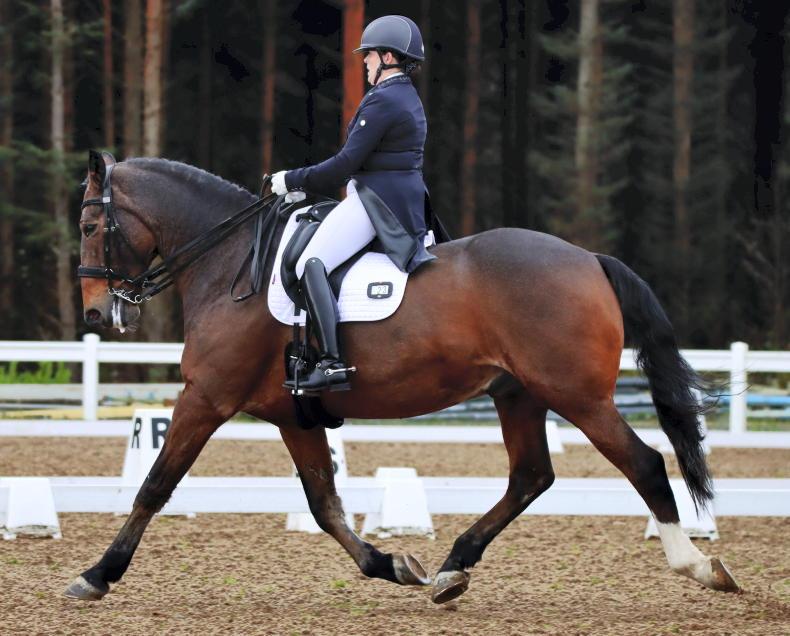
Simone Hession and Beezies Big Brother in action \ Equestrian Antics
5. Describe your regime for keeping broodmares and youngstock.
This time of year, all 21 horses are rugged up, fed on Red Mills feeds and haylage/hay/steamed hay, all depending on age, work etc and wintered indoors.
The broodmares and our stallion, Errismore White Knight (Glencarrig Knight x I Love You Melody), are stabled at night and I have a turnout arena with a round bale for them for daytime. The youngstock are on a similar system with a house and yard. They all get their field time.
Plus, the same for “the retirement home” for our retired broodmares.
The mares run with the stallion during the summer, unless I hold a mare back to be covered by another stallion.
The horses in work are stabled and exercised every day. Roll on springtime!
6. Deep pockets, instinct, ‘horse knowledge’, luck, the right buyer, the right mare - how do you rank these in a breeder’s recipe for success?
As it’s breeding and horses, there’s no foolproof plan but for me… instinct, horse knowledge, the right mare, luck (and lots of it), the right buyer and deep pockets.
If the first four go your way, the other two follow. My emphasis is to breed for myself, to have future horses to compete, so, again, it’s a slightly different plan for me but every breeder needs to have a plan or direction they want to focus on, which is key, then give time to establish it.
7. Do breeders get enough recognition?
It’s improving for breeders with increasing recognition and prizemoney but I’d like to see more recognition for those who start the horse’s education; the riders and producers.
For me, that’s a critical stage where all the breeding can go out the window if the horse doesn’t meet the best people for them, people that they essentially click with, and so on at each stage of their career, to fulfil their full potential.
8. If you could have bred any horse?
Easy… Cruising. I know, a showjumper! But he was fabulous, he had it all: Irish, grey and a super talent.
9. It takes a team - who’s on yours?
Now that Mum is no longer with us, Dad is number one and will get involved in it all and he’s my ‘phone a friend’.
Aoife Chambers helps fill in on the yard and produces the ponies with me. Shaun Murphy handles the youngstock and helps me back and get the young horses started as I do them all myself.
Kevin Hannon does all the endless odd jobs on the yard and there’s my farrier Mark Hester and vet Evi Stabler. All my clients are a great support too.
10. Any more favourite things in life?
Tristan, chocolate and jackets… All my favourite things mentioned sums me up well, supposedly too many of the latter but you can never have too many jackets living in the West!
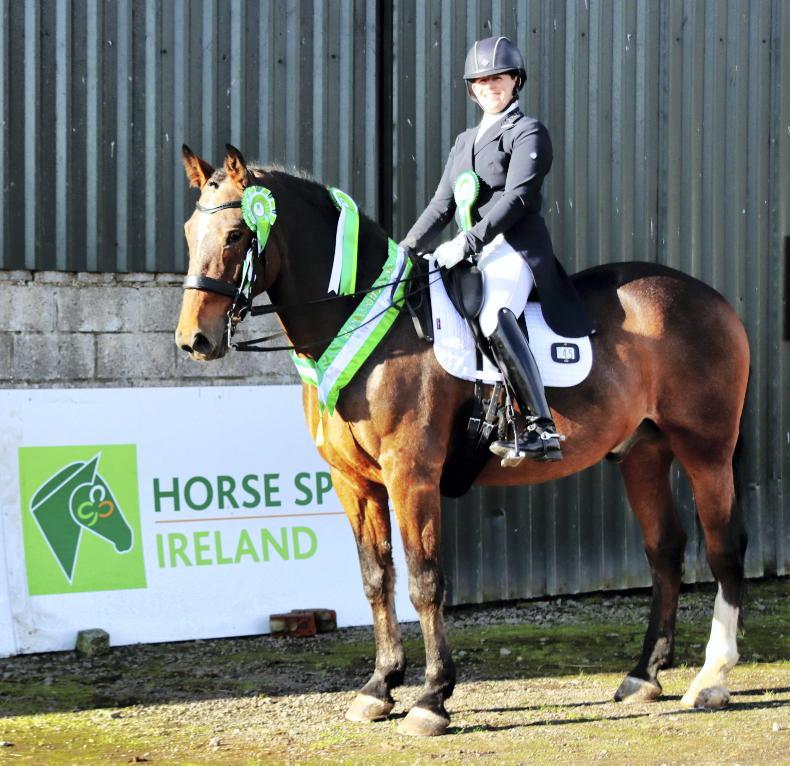

 This is a subscriber-only article
This is a subscriber-only article
 It looks like you're browsing in private mode
It looks like you're browsing in private mode
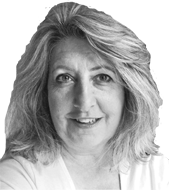





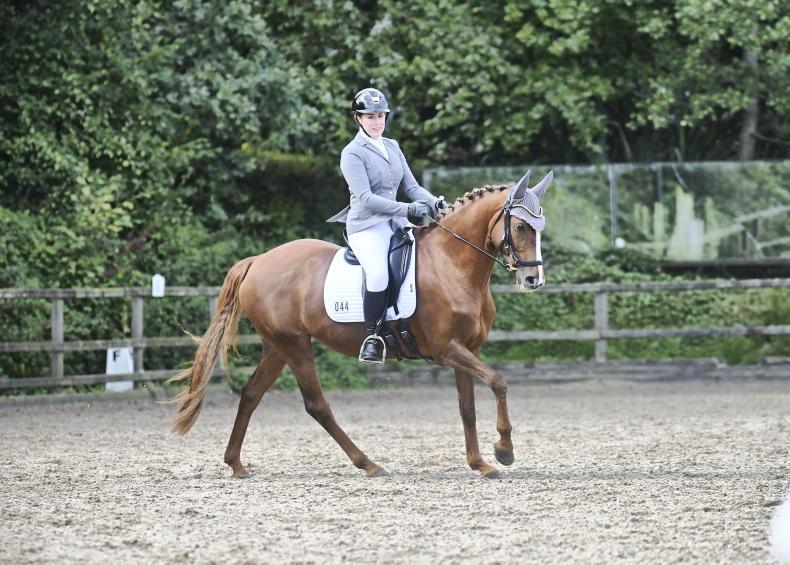

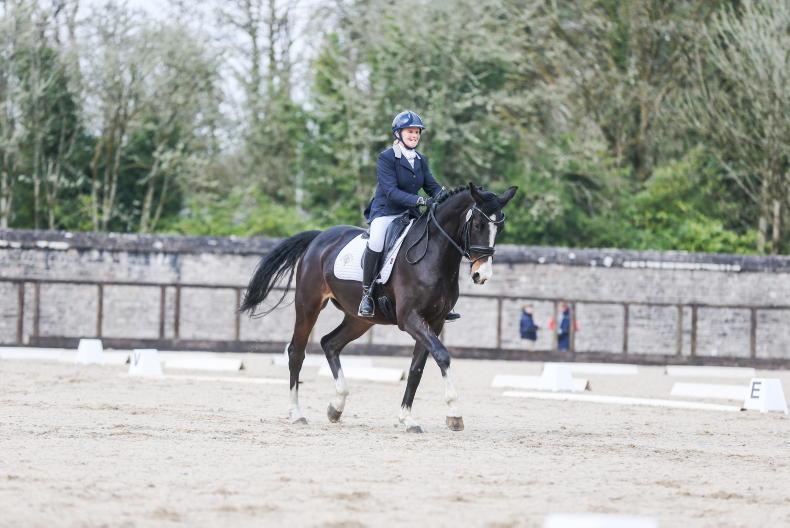
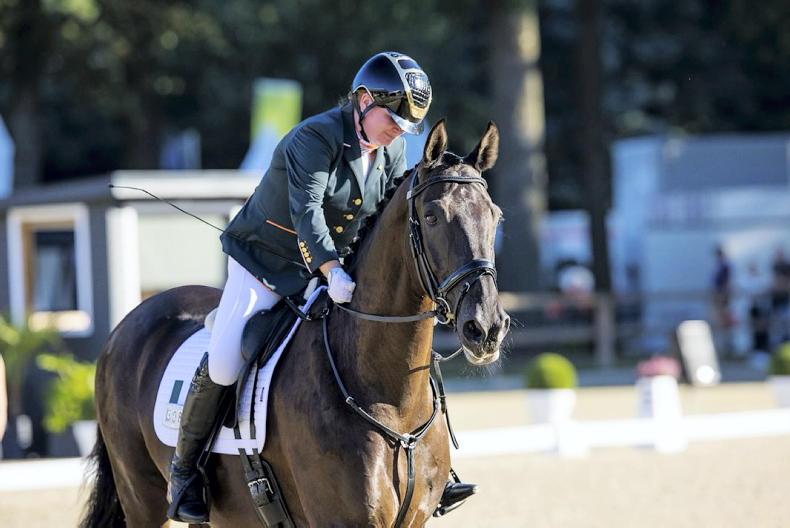
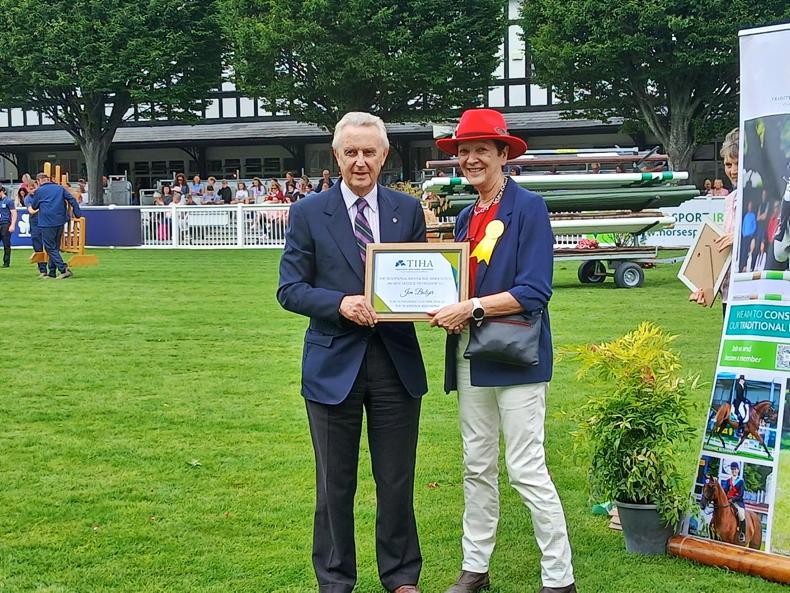
SHARING OPTIONS: